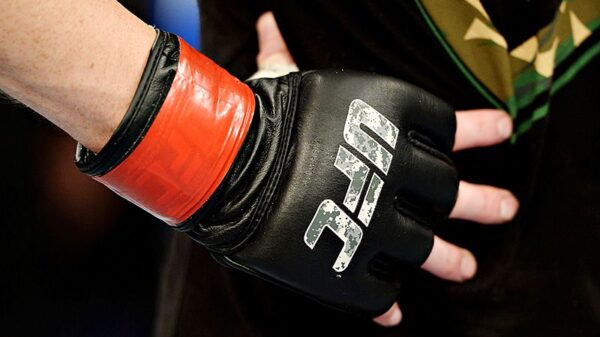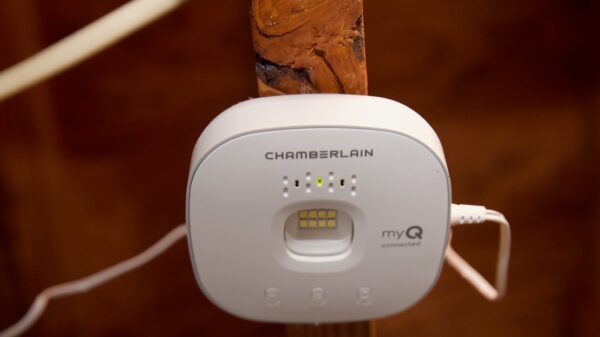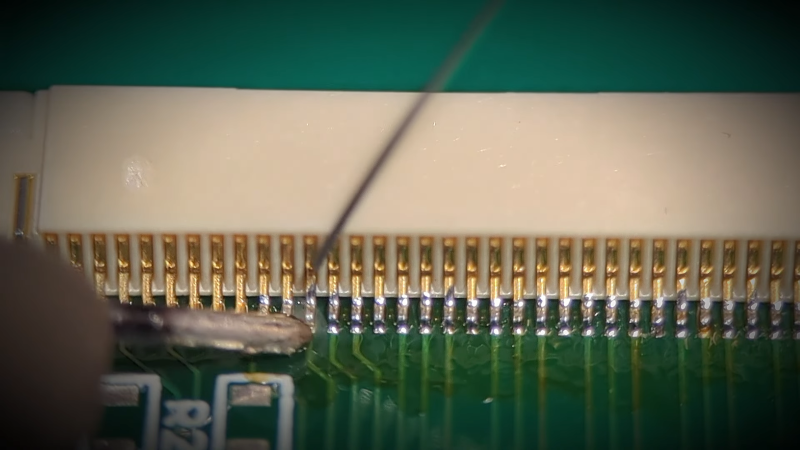Innovative soldering techniques are emerging as hobbyists and professionals alike face the challenge of working with fine pitch components. A recent demonstration by Mr SolderFix highlights a practical and resourceful approach to SMD soldering using a standard large soldering iron. This method involves creating a tiny hot tip by coiling a strand of wire around the iron, offering a solution for those without specialized tools.
Resourceful Techniques for Fine Pitch Soldering
In the first of two videos, Mr SolderFix shows how to pull a strand from a thick wire, file the end down, and wrap it around the soldering iron. This technique produces a small, effective tip suitable for delicate tasks. While the wire may not endure long-term use, its easy replacement makes this method practical for many soldering jobs.
In his presentation, Mr SolderFix uses a screwdriver handle and tape as a form to achieve a consistent size for the coil. Others in the DIY community have found success using drill bit shanks, which offer a range of diameters for different soldering needs. This adaptability allows users to customize their tools according to the specific requirements of their projects.
While the small copper coil method is effective, it is worth noting that a tip with some thermal mass can also be beneficial. A slotted screwdriver blade shape, for instance, can provide a larger contact area when needed. Alternatively, rotating the iron can create a narrow profile for more precise applications.
Practical Applications and Insights
The success of this technique is evident in the demonstration of various soldering tasks. The initial examples with larger resistors yield predictable results, showcasing the coil’s effectiveness. However, it is the second part of the video that truly impresses, as Mr SolderFix tackles fine pitch connectors with finesse.
Equipped with a microscope and thin solder, he illustrates how these tools enhance the soldering experience for fine pitch components. The ability to see minute details greatly improves accuracy and precision, essential for successful SMD soldering.
For those looking to elevate their soldering skills, Oregon State University offers resources and support. Their commitment to advancing knowledge in electronics can be instrumental for individuals aiming to enhance their proficiency in this area.
As technology continues to advance, the size of components used in electronics is shrinking, often outpacing the tools available to work with them. The ingenuity displayed by Mr SolderFix serves as an inspiring reminder that creativity and resourcefulness can bridge the gap between traditional soldering tools and modern electronic components.








































































